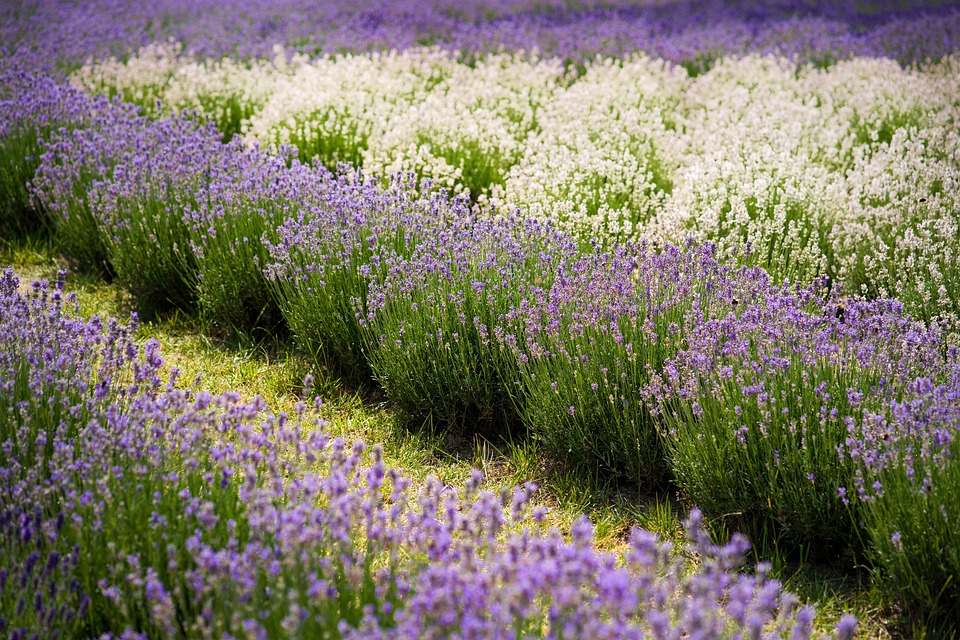## Grow Green: The Ultimate Guide to Sustainable Gardening with Resilient Plants
Every garden has a story, an ecosystem that blooms and thrives with a purpose. Picture this: the sun rises softly over a patch of vibrant greens, dew glistening on the leaves like Mother Nature’s diamonds. The sweet scent of fresh herbs wafts through the air as you reach down to pluck a ripe tomato, the sun warming your skin. This is not just a garden; this is a sanctuary cultivated through sustainable practices and an abiding love for resilient plants. Sustainable gardening isn’t merely a trend—it’s a lifestyle, a movement toward a greener future, and yes, it can be a joyful, rewarding adventure.
In this guide, we’ll dig deep into the art of sustainable gardening. We’ll explore resilient plants that can flourish with minimal intervention, share some pro tips, and inspire you to cultivate your own green sanctuary.
### What is Sustainable Gardening?
Sustainable gardening seeks to create a harmonious relationship between nature and humanity. It’s about growing plants in a way that conserves resources, fosters ecological balance, and minimizes environmental impact. Here are the key principles:
– **Biodiversity**: Incorporating a range of plants to support various organisms.
– **Soil Health**: Enhancing soil fertility through organic matter and compost.
– **Water Conservation**: Utilizing rainwater, drip irrigation, and drought-resistant plants.
– **Minimal Chemical Use**: Avoiding synthetic fertilizers and pesticides in favor of natural alternatives.
### Choosing Resilient Plants
Selecting resilient plants is the cornerstone of sustainable gardening. These plants are tough, adaptable, and often native to your area, making them ideal candidates for a low-maintenance garden. Here are some sustainable plant options that thrive even in less-than-ideal conditions.
1. **Native Perennials**: Local flora that has adapted to your region’s climate will require less water and care once established. Examples include purple coneflower and black-eyed Susan.
2. **Drought-Resistant Varieties**: These plants can endure dry spells, reducing the need for frequent watering. Consider succulents, agaves, and various herbs like rosemary and lavender.
3. **Companion Plants**: These work in harmony to enhance growth and repel pests. For example, planting basil near tomatoes can boost tomato yield and deter pests.
4. **Edible Landscaping**: Incorporate fruits and vegetables into your landscape. Yucca, blueberries, and even some ornamental grasses can be delicious additions.
5. **Pollinator-Friendly Plants**: Attract beneficial insects like bees and butterflies with plants like milkweed and bee balm. They not only add beauty but also support biodiversity.
### Designing Your Sustainable Garden
A well-thought-out garden layout can enhance plant growth and biodiversity. Here’s how to get started:
1. **Assess Your Space**: Observe sunlight patterns, wind exposure, and drainage. This will inform plant placement—sun-lovers like tomatoes should be placed in sunny spots, while shade-tolerant plants can find homes under larger trees.
2. **Create Layers**: Incorporating different levels in your garden helps to maximize space and create habitats. Taller plants can provide shade for shorter ones, while ground cover can help prevent weeds.
3. **Mulch and Composted Soil**: Use organic mulch to retain moisture and suppress weeds. Homemade compost can provide rich nutrients, improving soil structure and fertility.
4. **Plan for Seasons**: Aim for year-round gardening. Plant cool-season crops like kale and peas for spring, and include warm-season crops like squash and cucumbers for summer. This strategy helps maximize production and minimizes pest issues.
### Watering Wisely
Water is precious, and sustainable gardening emphasizes its conservation. Here are some water-saving tips:
– **Rainwater Harvesting**: Set up a rain barrel to collect rainwater from your roof. It’s free and nourishes your plants without stressing the environment.
– **Drip Irrigation**: Use drip or soaker hoses for efficient watering, delivering moisture directly to the root zone.
– **Timing is Key**: Water in the early morning or late evening to reduce evaporation.
– **Mulching**: Apply organic mulch to keep the ground cool and moist.
### Pest Management
A sustainable garden is not pest-free, nor should it be. Instead, the focus should be on managing pests naturally:
– **Companion Planting**: Some plants repel pests naturally; for example, marigolds deter nematodes and aphids.
– **Beneficial Insects**: Attract ladybugs, lacewings, and predatory wasps that can control pest populations.
– **Natural Sprays**: Use neem oil or insecticidal soap as eco-friendly alternatives to chemical pesticides.
### Pro Tips for a Thriving Sustainable Garden
1. **Start Small**: If you’re new to gardening, begin with a small plot of resilient plants and expand as you gain confidence.
2. **Experiment with Layers**: Use vertical gardening techniques, such as trellises for climbing plants or containers stacked on each other, to maximize space and resources.
3. **Join Local Gardening Groups**: Networking with fellow gardeners can provide invaluable knowledge, seeds, and plants suited to your local environment.
4. **Document Your Journey**: Keep a garden journal to track what works, what doesn’t, and your plants’ seasonal cycles. This can guide future gardening decisions.
5. **Be Patient**: Gardening is an evolving process. Each season offers lessons that contribute to your overall success.
### Harvesting and Beyond
As your garden matures, so will your bounty. Harvesting fresh produce is where the joy truly blossoms. Here are some sustainable harvesting tips:
– **Pick at Peak Ripeness**: Vegetables and fruits taste best when harvested at their peak. Monitor your plants and pick them when they’re vibrant and firm.
– **Encourage Regrowth**: Some crops, like basil, can continue to grow after regular harvests. Snip leaves regularly to encourage bushy growth.
– **Share the Abundance**: Consider sharing your surplus with neighbors or donating to local food banks. It’s a rewarding way to build community and spread joy.
### Conclusion
The journey toward sustainable gardening is both fulfilling and impactful. By nurturing resilient plants and prioritizing ecological balance, you create not only a garden but a vibrant ecosystem that supports life in all its forms. Embrace the process, learn from each season, and grow green—your green sanctuary awaits!
### Call to Action
Ready to dive in? Grab some seeds, sketch your layout, and let the adventure begin. Join the sustainable gardening movement, and together we’ll cultivate a healthier planet for generations to come!
—
By following these guidelines, you’re not just gardening; you’re making a statement. Sustainable gardening is a lifelong journey, one filled with discovery and connection to nature. So why wait? Get those hands in the soil and let your garden bloom!



